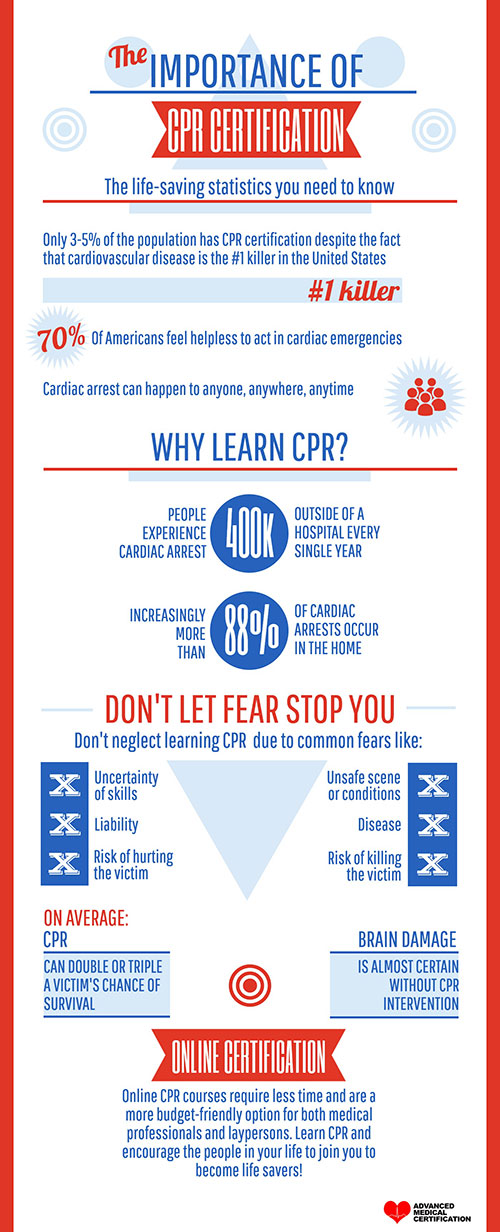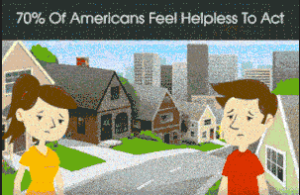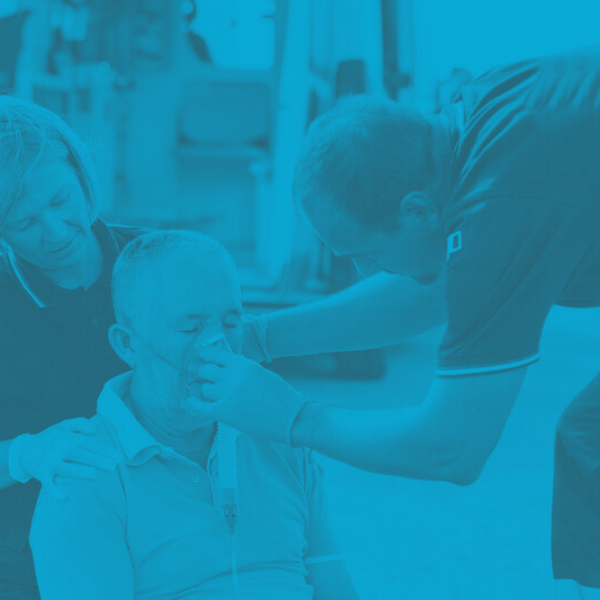CPR Certification: The life-saving statistics you need to know
CPR Certification: The life-saving statistics you need to know

by Greta Kviklyte
Life Saver, AMC
Co-authored by Kim Murray, RN, M.S.
posted on May 16, 2016, at 9:39 pm
WHAT WOULD YOU DO IF YOUR SPOUSE WENT INTO CARDIAC ARREST right in front of you? Or if a passenger on a flight began to have a heart attack? Considering these frightening situations is difficult – it’s hard to imagine needing to make life or death decisions. The reality is that most people are not prepared to act in this situation. Only 3-5% of the population has CPR certification despite the fact that cardiovascular disease is the #1 killer in the United States. If you feel as though you wouldn’t know what to do in the case of a cardiac emergency, you’re not alone.
We offer Online CPR and BLS Certification
Think about it this way: the person’s life you may save with your knowledge will most likely be someone you know. The greater the number of people who know CPR, the greater the chances of survival will be. It’s that simple.
Cardiac arrest can happen to anyone, anywhere, anytime. What can you do? Learn CPR!
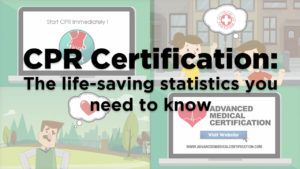
What is CPR?
CPR combines rescue breathing and chest compressions, supporting heart and lung function when inadequate. The practice provides oxygen to the brain while further help from EMS arrives. Proper CPR education includes instruction on how to use an Automated External Defibrillator, or AED, which shocks the victim in an attempt to restore normal heart rhythm.
Why learn CPR?
-
- Over 400,000 people experience sudden cardiac arrest outside the hospital every year
- 88% of cardiac arrests occur in the home
- Immediate CPR can double or triple a victim’s chance of survival
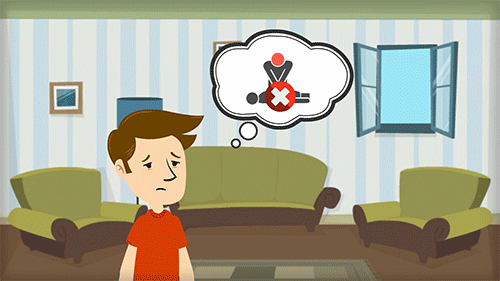 Why aren’t more people getting CPR certified?
Why aren’t more people getting CPR certified?
There are several reasons as to why people are neglecting to learn and administer CPR. Individuals neglect to learn CPR due to common fears that include:
-
- Fear of disease
- Liability
- Uncertainty of skills
- The risk of hurting or killing the victim
- Unsafe scene or conditions
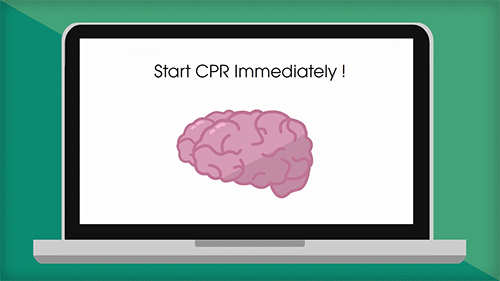
Start CPR Immediately!
When a person experiences cardiac arrest, their brain cannot receive adequate oxygen, and brain damage occurs. CPR increases the likelihood of survival, as brain damage can start in just 4-6 minutes. In fact, brain damage is almost certain without CPR intervention.
Learning CPR is easier and more convenient than you think. You can choose to learn CPR in a classroom, or opt for online CPR certification. Online CPR courses typically require less time and are a more budget-friendly option for both medical professionals and laypersons. Together, we can break the cycle of helplessness in the far too common situation of cardiac arrest. Learn CPR and encourage the people in your life to join you to become life savers!
For more information on online CPR certification from AMC, click here!
Check out this CPR infographic:

